Backward planning is an effective and efficient operational process when working towards a goal: work backward from the desired outcome to figure out the steps needed to accomplish them in the time allowed. While many organizations and workers might use it, backward planning is a universal practice among US K12 teachers. The emergence of generative AI has stimulated many conversations about its impact on teacher work, but it is still unclear if and how generative AI fits within the backward planning approach adopted by most every teacher. Given backward planning is standard workflow process in K12 education, we ask: How are teachers using generative AI to support their teaching work? Our methodology is a case study of 24 US public school teachers, sampled to vary by subject area and grade level, during the 2023-2024 school year. We conduct interviews, observations, and surveys at different points in time to understand their evolving generative AI use. In fall 2023, all teachers were novice users or had never tried generative AI. By spring 2024, the teachers separate into three distinct groups: (1) those who seek generative AI input (i.e., thoughts or ideas about learning plans) and output (i.e., quizzes, worksheets), (2) those who only seek generative AI outputs, and (3) those not using generative AI. The teachers in the first group-but not the second group-report productivity gains in terms of workload and work quality. Our findings have implications for understanding how to integrate generative AI into backward, goal-oriented workflows.
Backwards Planning with Generative AI: Case Study Evidence from US K12 Teachers
Date
Publisher
SSRN
What is the application?
Who is the user?
Why use AI?
Study design
